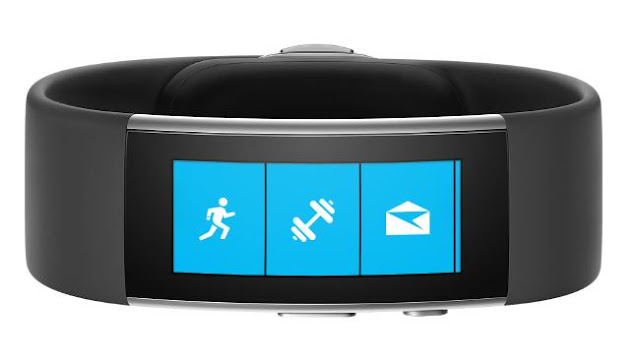Android Phone – Install Ad-Blocker Extensions
Latest form of the default web browser on Samsung’s Android phone will now enable users to install ad-blocker extensions that were an update by Apple in September which permits ad-blockers to be installed for the Safari browser as extensions. Samsung phones blockers would have to be added in the same way and would not come as standard. It is said that the new browser would be rolled out for Android Lollipop or advanced users.
Well-known ad-blockers are already available for Samsung phone such as Adblock Fast and Crystal. Besides making web page less messy, mobile ad-blocking is considered to reduce the time of web-page loading as well as mobile data usage wherein the ad-blockers tend to improve the performance of browser by lessening to draw on phone batteries as well as data plans.
`Consumers using ad-blockers would probably use other browsers than the default one’ according to Daniel Knapp, the advertising industry analyst at IHS and `it is nonetheless important for Samsung to jump on the ad-blocking bandwagon. It wants to show customers that it is a premium brand which protects them and Apple’. He also informed BBC that there had been a `seismic change in the ad industry, wherein the marketing budgets had been increasingly moved from traditional forms of advertising, for instance, to sponsorship deals.
Eliminates Scripts in Web-Page Code
He also added that it was the most highly prized by advertisers, young as well as affluent users, who would in the first place, probably use ad-blockers. According to him it is an expression of massive consumer dissatisfaction in the way the ad industry tends to work.
Ad-blockers tend to work by eliminating scripts in web page code which would then pull content from servers of ad networks. Around 18% of British adults online had been utilising some kind of ad-blocker in November and up 3% from June as per a report from the Internet Advertising Bureau – IAB.
In the meantime, in the annual financial filing of Facebook, the social network had announced advertising earning of $5.64bn for the fourth quarter of 2015 though cautioned that ad-blockers could affect future profits, adversely.It stated that if such technologies tend to continue to thrive especially with regards to mobile platforms, the future financial results could be affected.
Ads Delivered through Third Party Apps
However, Mr Knapp informed that companies like Facebook would be less likely than the other content publishers to get affected by mobile web ad-blockers since ads could be delivered through their third party apps. Thinking of ad-blockers being admitted to iOS 9, they were all completely focused on the in-browser environment and not for third party apps like Facebook.
Samsung had been contacted by Business Insider asking for more information on why the company had released this update. Details are awaited and will be provided on receiving from them. Ad blocking apps had come to the top of App Store charts when the iOS 9 update had been released.
Though some Wall Street analysts had first feared a worst case scenario, this was Apple against the whole mobile publisher and advertiser ecosystem. Though ad-block apps tend to get lots of downloads, the fraction of users utilising them on regular basis seems to be quite small.








